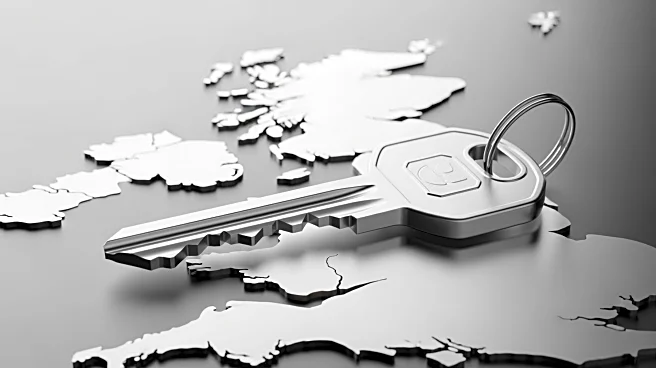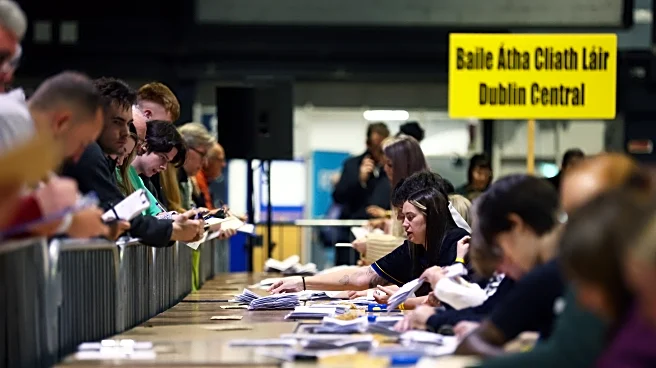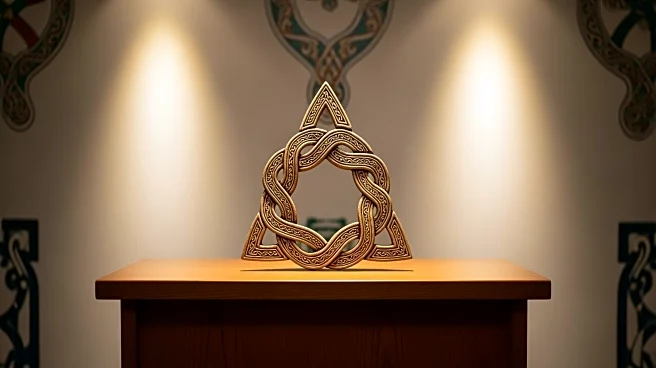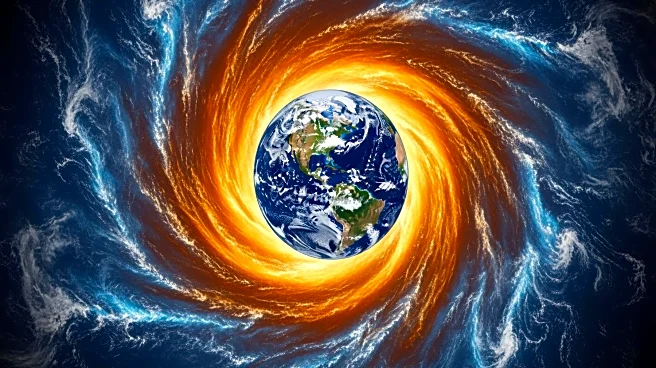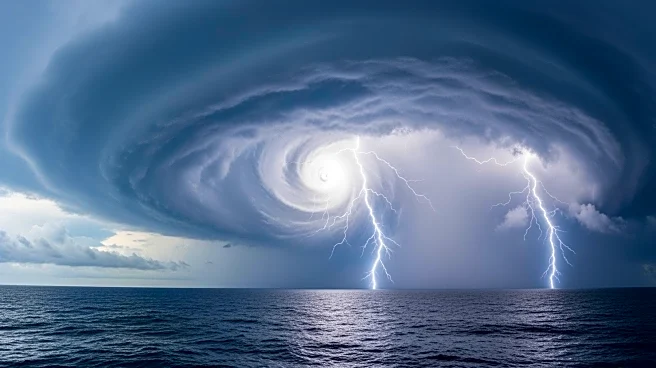What's Happening?
Catherine Connolly has been elected as the president of Ireland following a landslide victory, becoming the 10th president of the Republic. Connolly, an independent candidate supported by major left-wing
parties, defeated Fine Gael's Heather Humphreys. The election results were officially declared at Dublin Castle, with Connolly securing 63% of first preference votes, the largest in Irish presidential election history. In her acceptance speech, Connolly pledged to be an inclusive president and emphasized her commitment to peace, neutrality, and addressing climate change. The election saw a high number of spoiled votes, with a turnout of 46%.
Why It's Important?
Connolly's election as president marks a significant shift in Irish politics, reflecting a move towards anti-establishment sentiments and a desire for change. Her victory, supported by left-wing parties, indicates a potential realignment in Irish political dynamics, challenging the traditional dominance of Fianna Fail and Fine Gael. Connolly's presidency could influence Ireland's domestic and international policies, particularly in areas like climate change and neutrality. Her leadership may also impact discussions on Irish unity and relations with Northern Ireland, as she has expressed interest in a border poll during her term.
What's Next?
Catherine Connolly will be inaugurated on November 11, succeeding Michael D. Higgins. Her presidency is expected to focus on inclusivity and addressing key issues like climate change and Irish unity. Connolly's leadership may prompt discussions on constitutional reforms and Ireland's role on the global stage. The high number of spoiled votes in the election could lead to debates on electoral processes and voter engagement. As Connolly assumes office, her ability to navigate Ireland's political landscape and fulfill her campaign promises will be closely watched by both supporters and critics.


